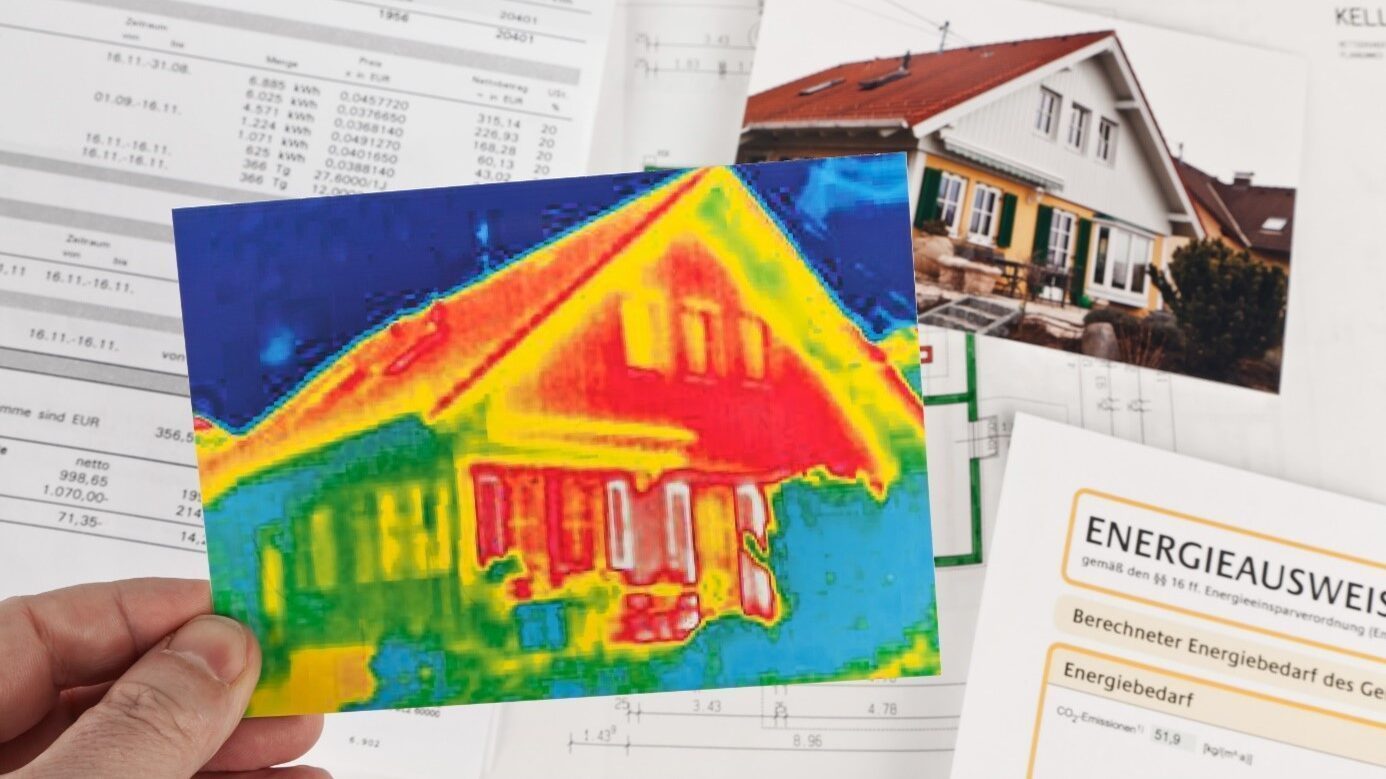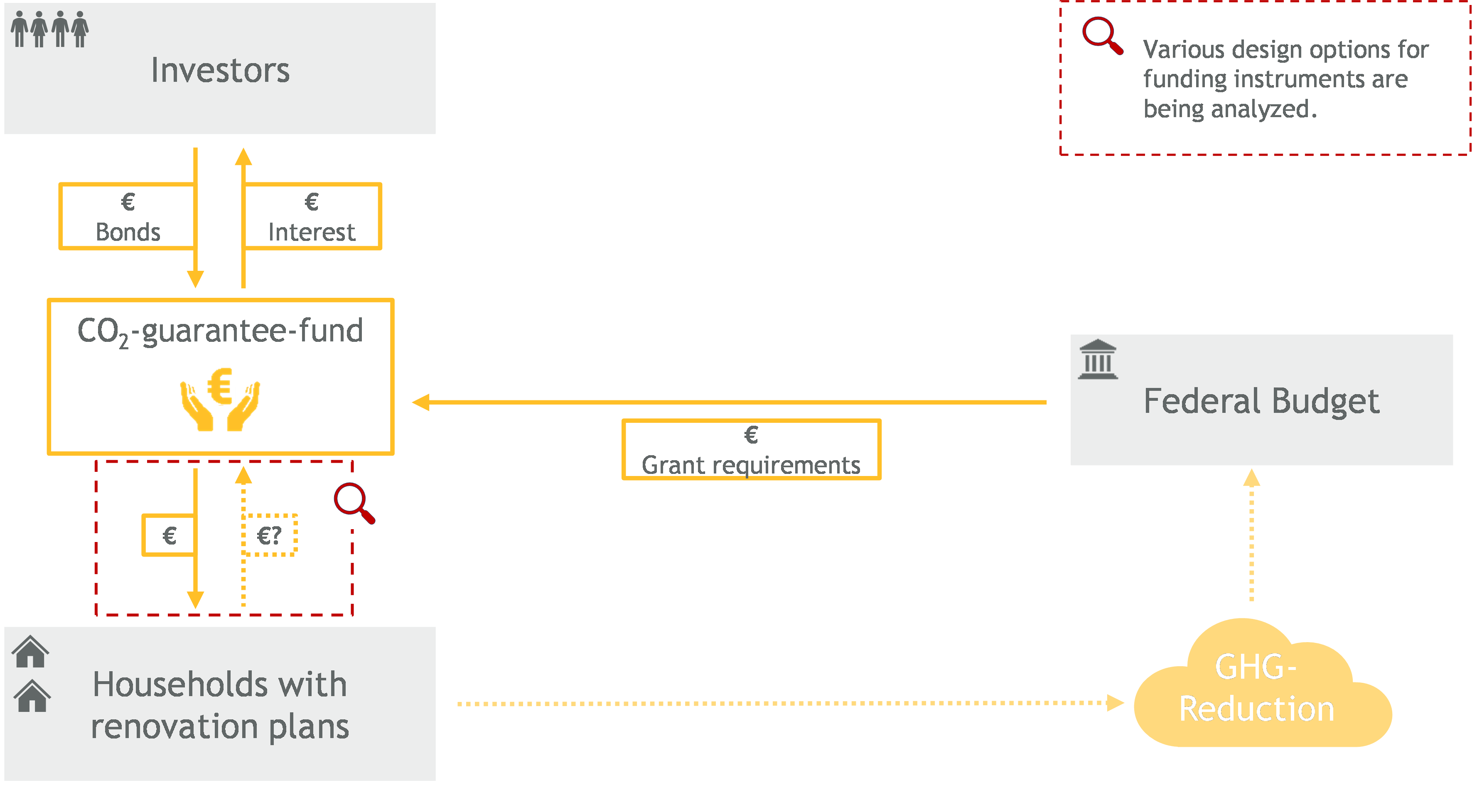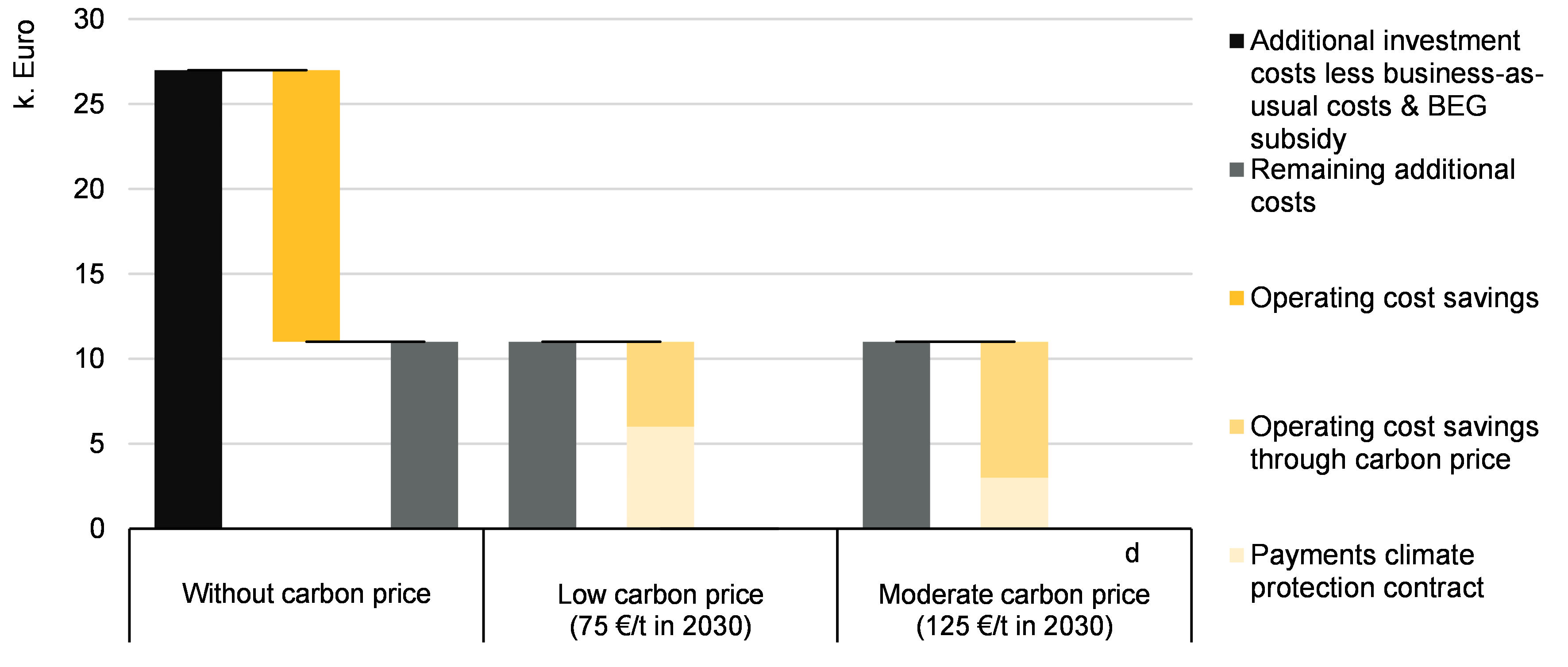
In this decade, a significant acceleration of modernization efforts in the building sector to achieve the climate targets. Significantly more buildings will have to be renovated and heating systems replaced. The German government’s coalition agreement calls for “activating more private capital for transformation projects” and examining “what contributions public development banks can make to risk hedging close to the capital market.” Innovative climate protection contracts provided by a CO2-guarantee-fund could contribute to securing and, if necessary, promoting investments in energy-efficient building renovation or heating system replacement.
Within the framework of the study “A CO2-guarantee-fund for climate protection investments in the building sector”, the EWI examined how such a fund could be structured and which funding instruments it could use in addition to capital cost subsidies. The study was carried out together with the Institute for Public Economics at the University of Cologne (FiFo) on behalf of the German Sanitation, Heating and Air Conditioning Association (Zentralverband Sanitär Heizung Klima), Vaillant Deutschland GmbH & Co.KG and Viessmann Climate Solutions SE.

“We see that many homeowners want to invest in more climate protection and energetic building renovation, but they are very uncertain about how the prices for energy and CO2 will develop,” says Max Gierkink, manager at EWI. “This is where climate protection contracts come in: They hedge climate protection investments so that they pay off even in the event of unforeseen price fluctuations.” These contracts, also called carbon contracts for difference (CCfDs) or contracts for difference, can provide additional support and hedging.
But how exactly do climate protection contracts work?
Let’s imagine that the Müller family lives in a 130 m2 single-family house built in the 1960s, with a 15-year-old gas heating system and 30-year-old windows. Extensive renovation measures are planned for this house – installing an air-source heat pump, triple glazing of the windows, and various insulation measures – resulting in investment costs of around 52,000 euros. If the Müller family did not carry out these renovation measures, they would incur “anyway costs” of about 7,000 euros (all values discounted to 2021) for a later replacement of the heating system. The Müller family expects additional investment costs of around 45,000 euros. In this case, the existing federal subsidy for efficient buildings (BEG) amounts to about 18,000 euros, which reduces the remaining additional costs to about 27,000 euros.
For the Müller family to have an incentive for comprehensive modernization, the operational cost savings would have to cover these additional costs. Due to the lower heat demand and the lower fuel costs, the Müller family saves operating costs of approximately sixteen thousand euros over time, so additional savings only have to cover additional costs of approx. 11,000 euros. Thanks to the lower heat demand (through higher heating efficiency and building renovation) and the lower emission intensity of the new fuel (electricity instead of gas), the Müller family will save 106 tons of CO2 over the next 20 years. Therefore, the additional operating cost savings depend to a large extent on the development of the CO2 price.
Due to the uncertain CO2 prices, there is a risk for the Müller family that their investment will not pay off. This is where the CO2-guarantee-fund comes in with its climate protection contracts. The Müller family has the necessary CO2 price estimated by their energy consultant, who fills out the application for the climate protection contract with the guarantee fund. In this, a reference price of 130 euros/ton of CO2 is agreed. If the actual CO2 price is below this value, the Müller family saves less in operating costs than would be the case with the reference price, and the Müller family receives the difference from the CO2-guarantee-fund.

If the actual CO2 price is above 130 euros/ton CO2 in the long term, the Müller family saves more and pays the difference to the CO2-guarantee-fund. This ensures for the Müller family that the renovation measure is always worthwhile. The climate protection contract makes up the difference because the CO2 price is too low and does not cover the necessary additional investment. The net subsidy for the CO2-guarantee-fund thus depends solely on the real CO2 price path. The higher the actual CO2 price realized, the lower the subsidy payments from the climate protection contract.
Suppose the Müller family does not have the necessary equity capital for the investment. In that case, they could, in principle, also combine the climate protection contracts with loan financing via the CO2-guarantee-fund. The repayment instalments (annuities) would be reduced by the Müller family’s claims from the climate protection contract.
Depending on their life situation and age, creditworthiness must also be considered. With normal bank loans, the Müller family could be refused a loan after a certain age due to insufficient creditworthiness. To prevent climate protection from being postponed until the uncertain time of generational transfer (for example, the Müller family’s adult children, who have a better credit rating, take over the investments at a later point in time), the CO2-guarantee-fund could lower the credit rating requirements here.
In practice, the concept of climate protection contracts is not limited to homeowners but could also be applied to owners of rented apartments, for example, by adapting the tenancy law. This could contribute to overcoming the tenant-landlord dilemma.
As far as the institutional design of the CO2-guarantee-fund is concerned, it could be conceived as a national promotional bank for climate protection, in which the promotional tasks and the procurement of the necessary funds are combined. To refinance the funding business, this funding bank could issue so-called “green bonds”.
“Overall, the CO2-guarantee-fund fund outlined offers a promising instrument for achieving the climate targets and could also be transferred to other sectors,” says Samir Jeddi, Senior Research Associate at the EWI.